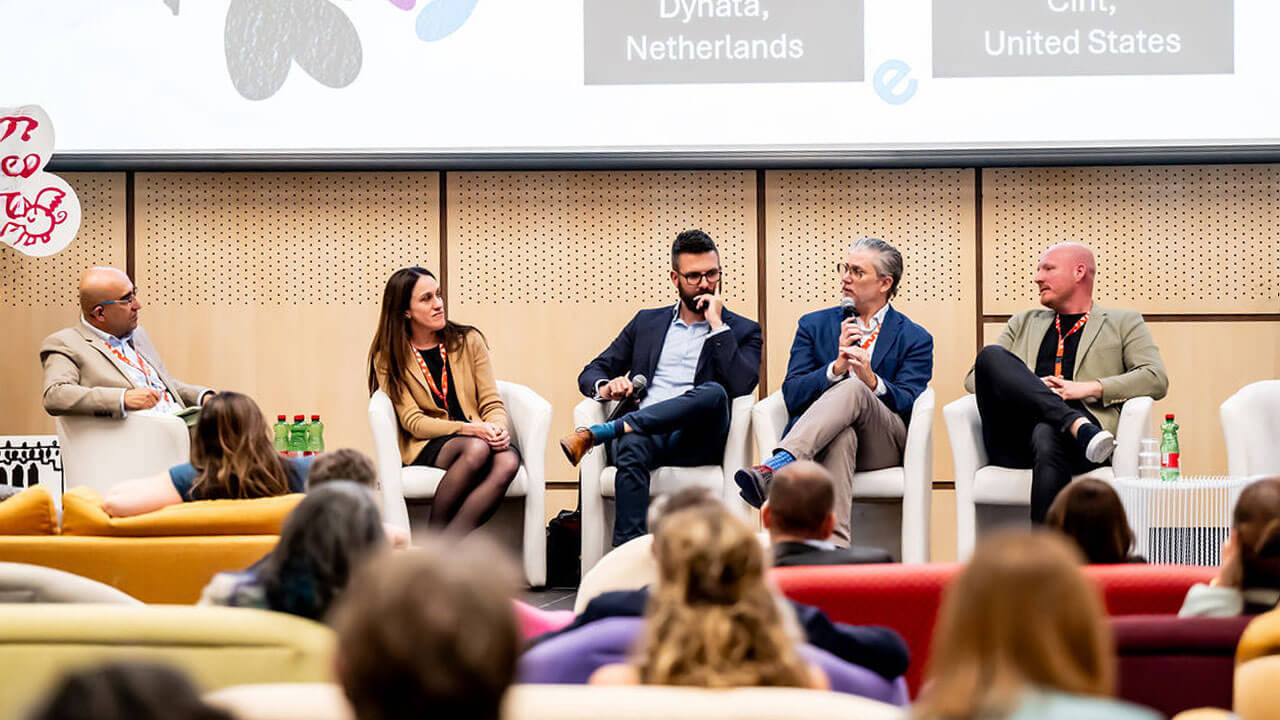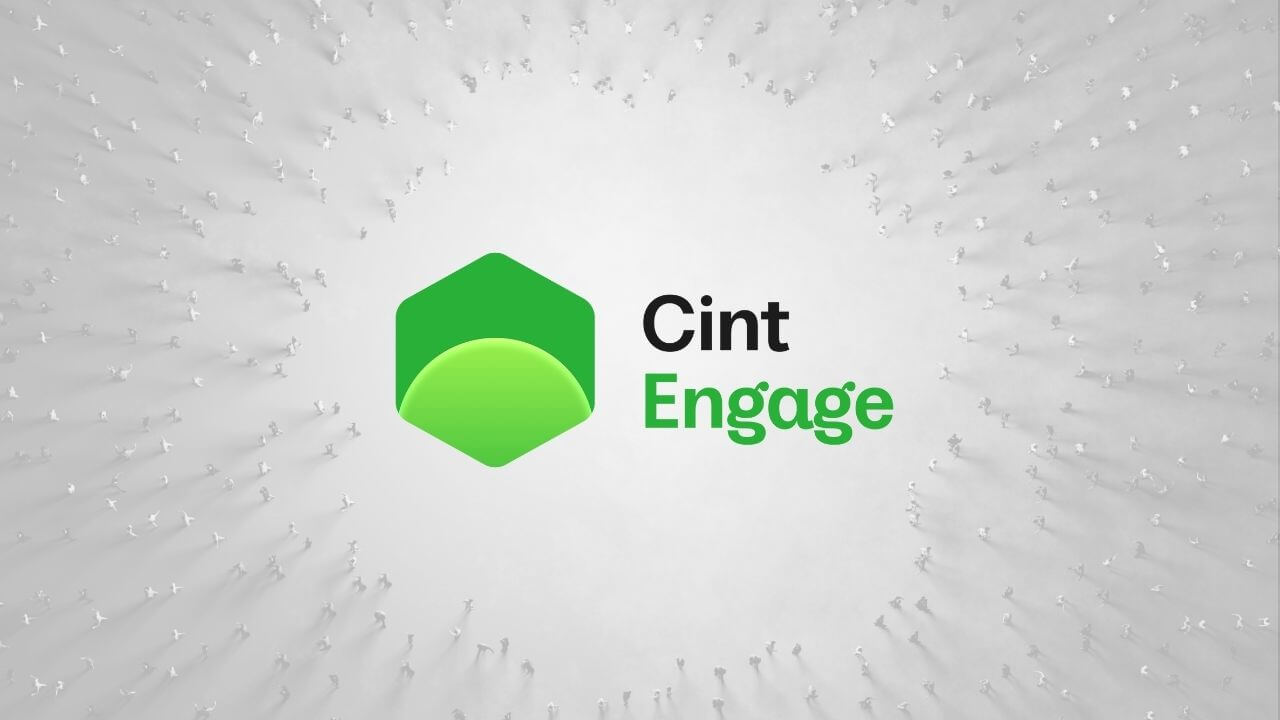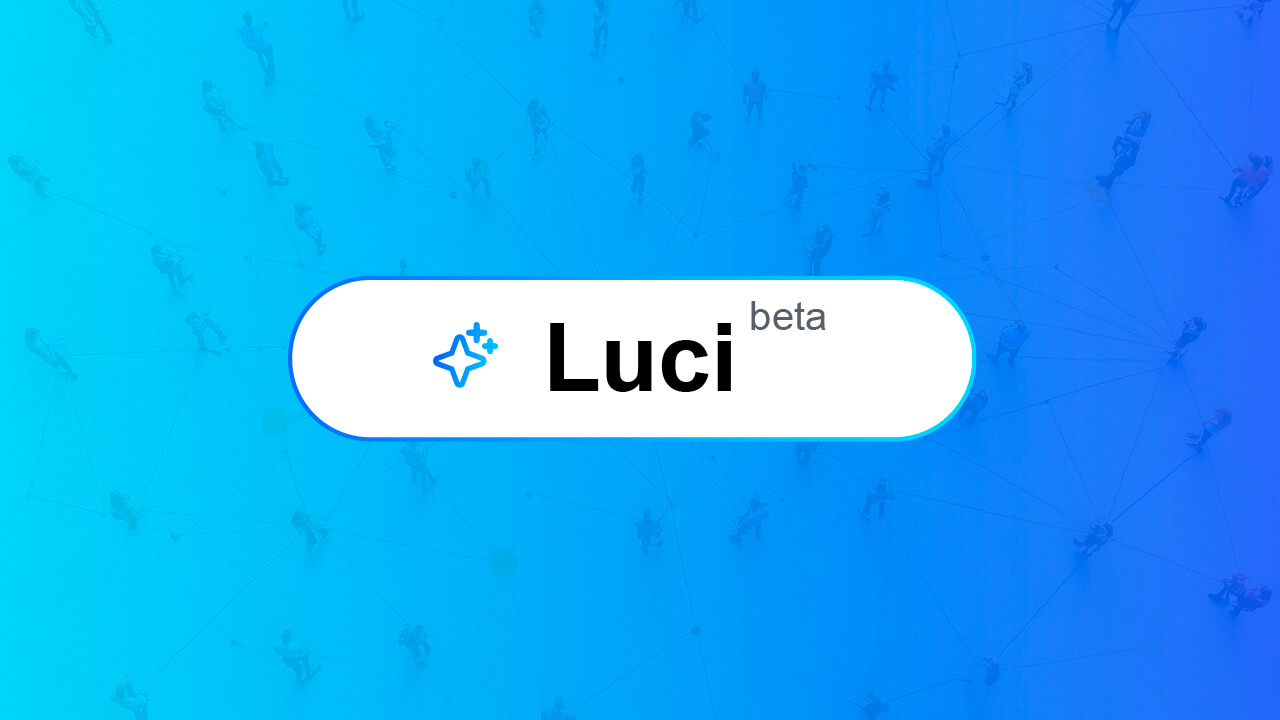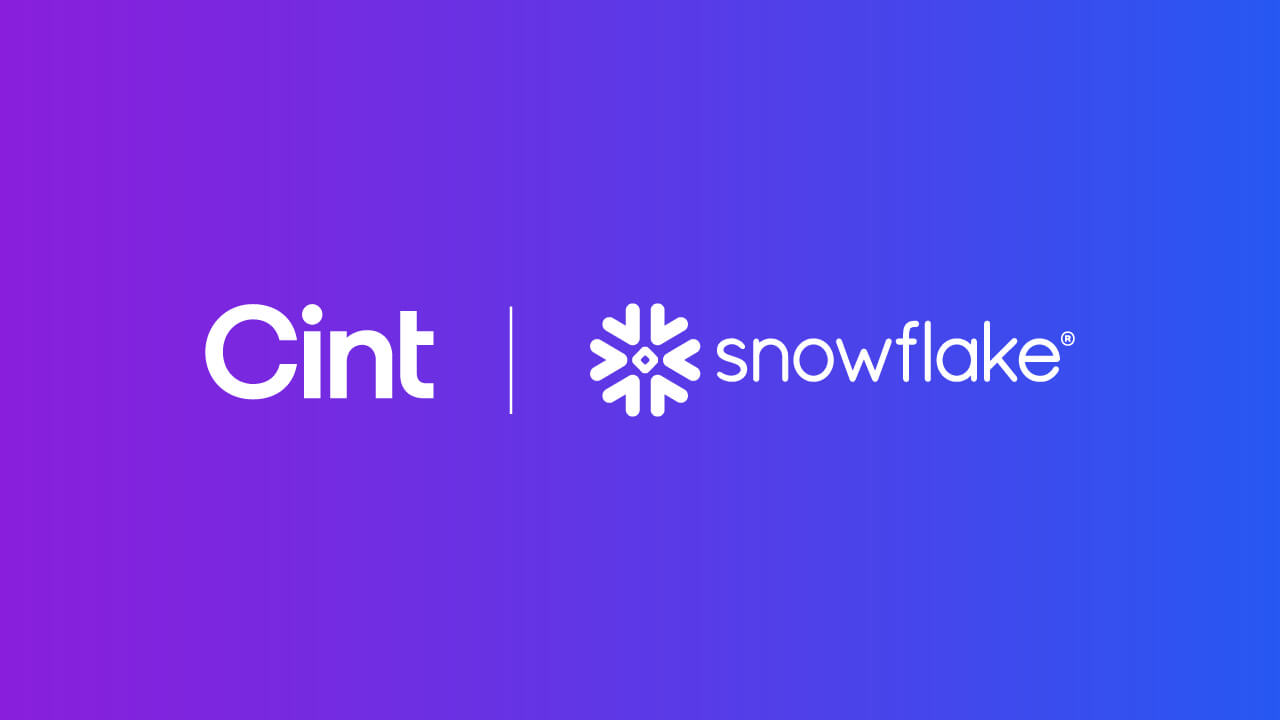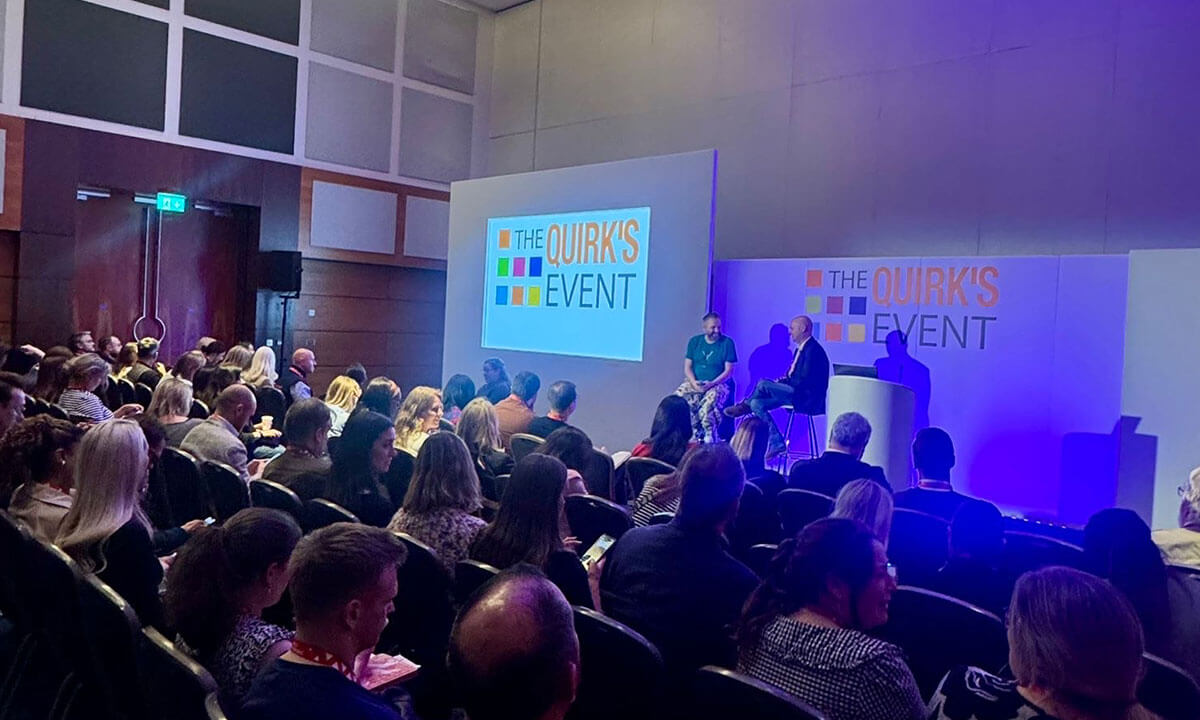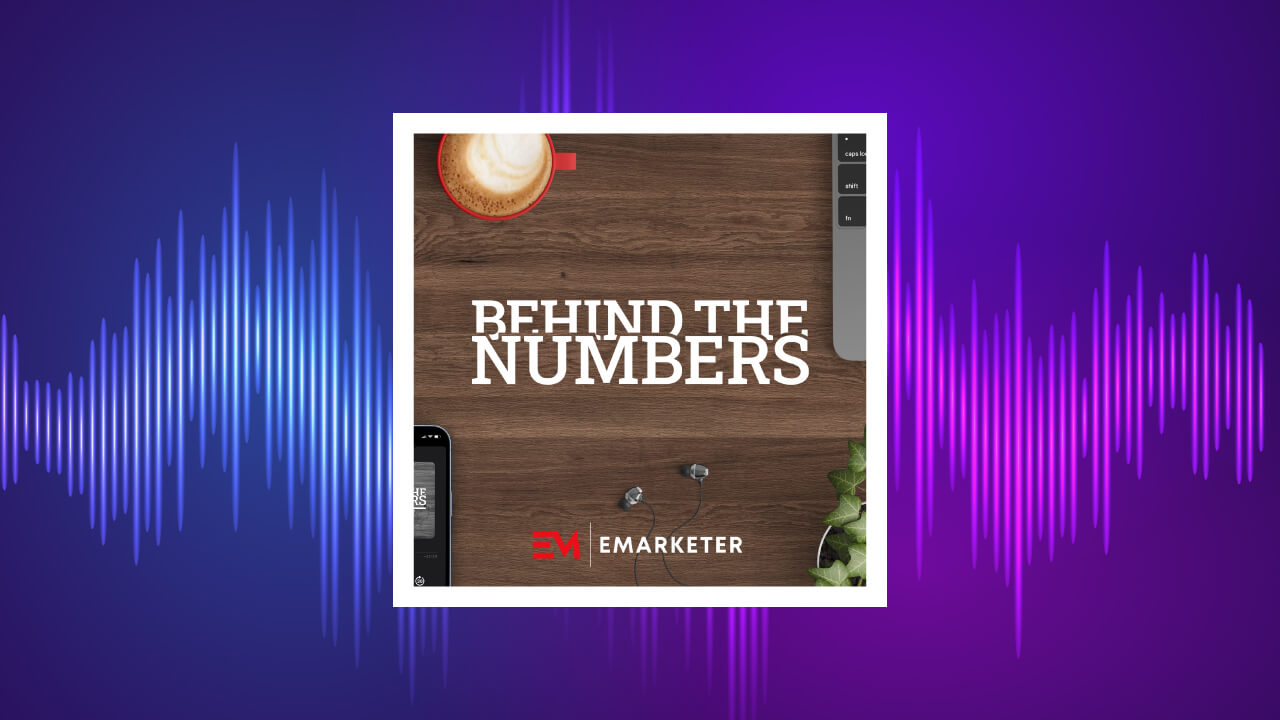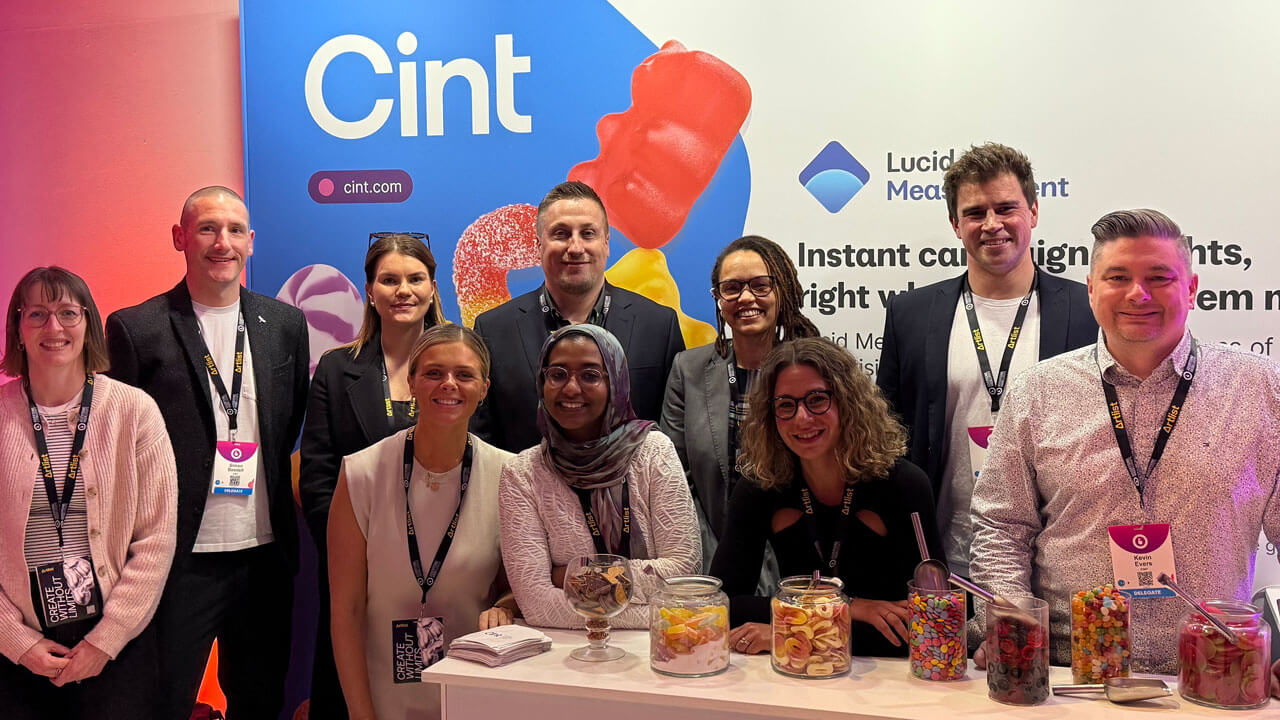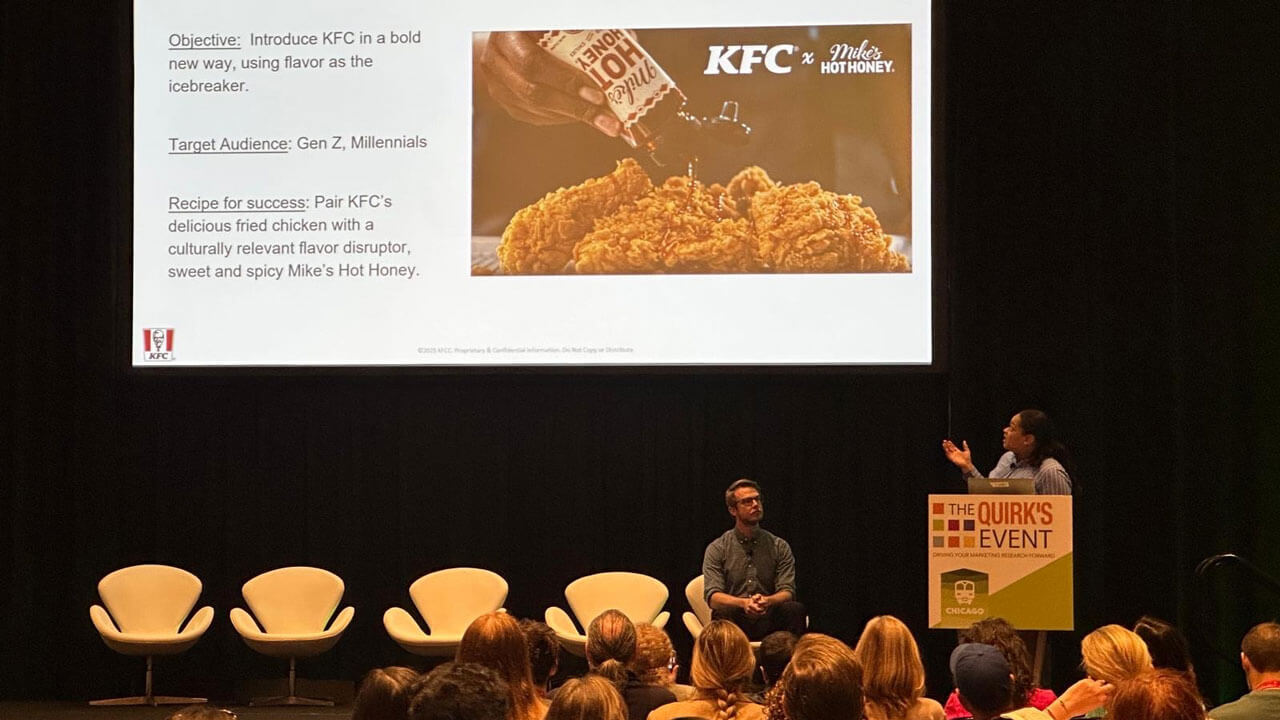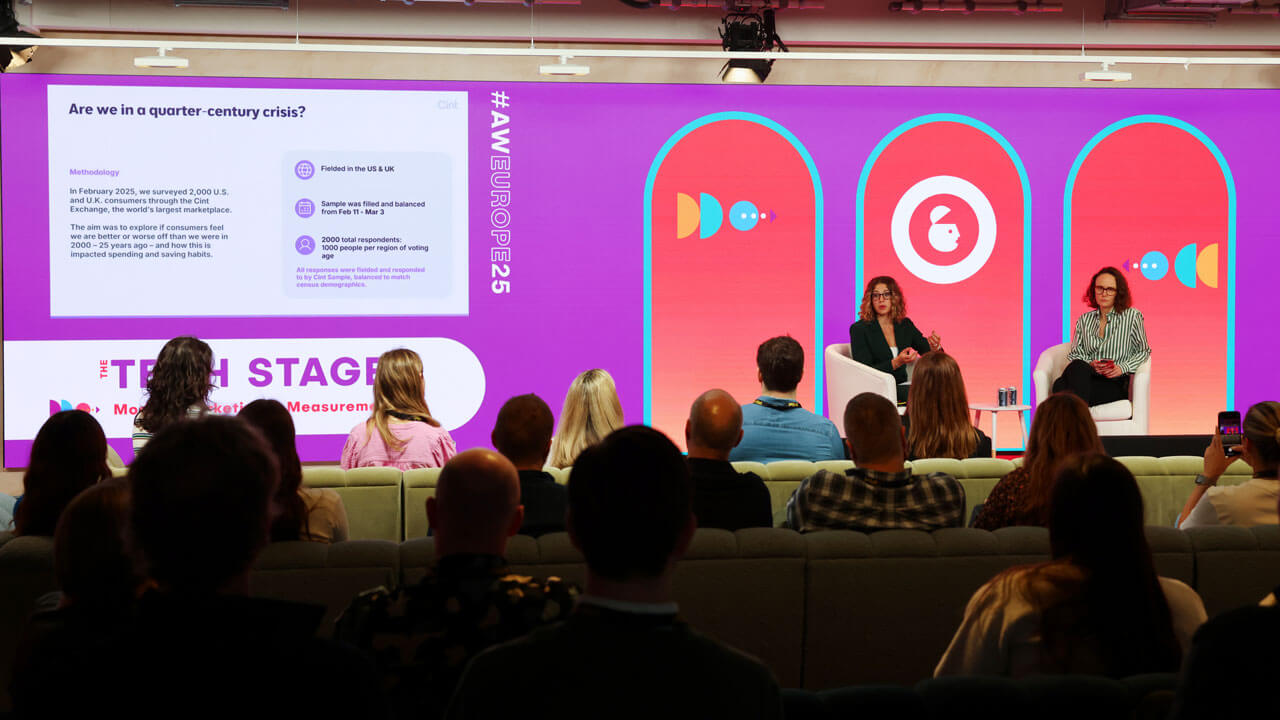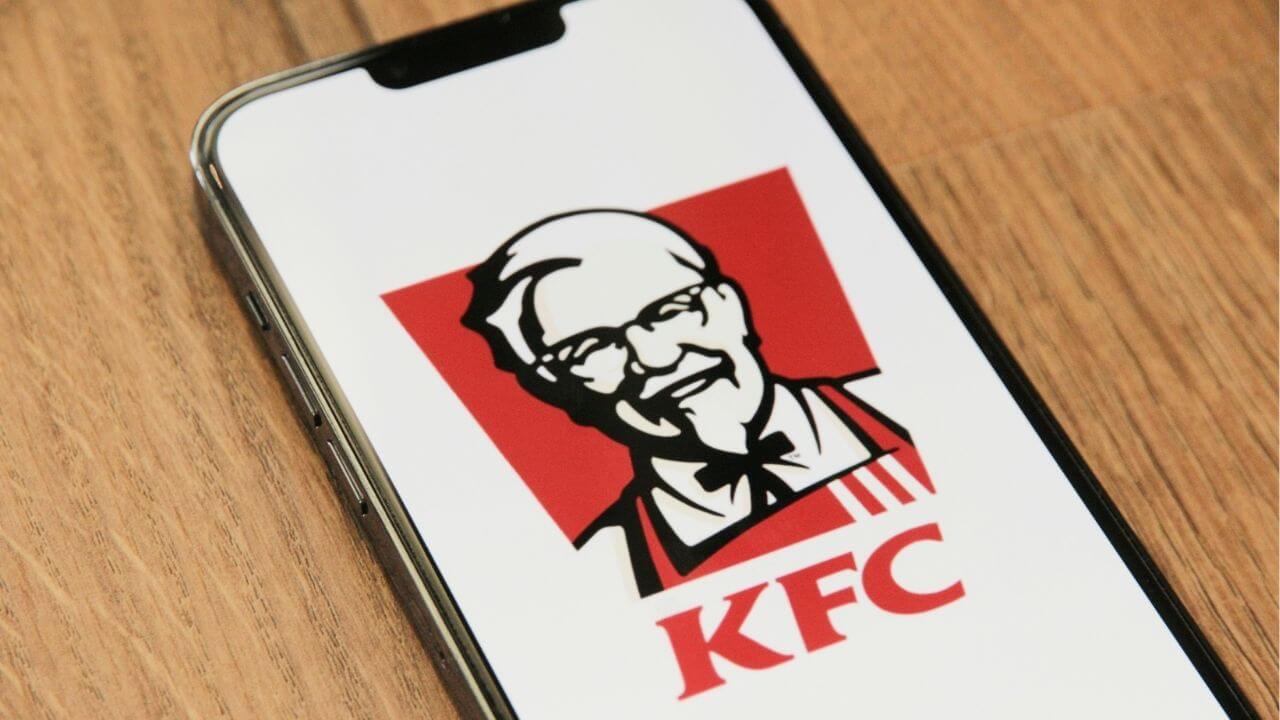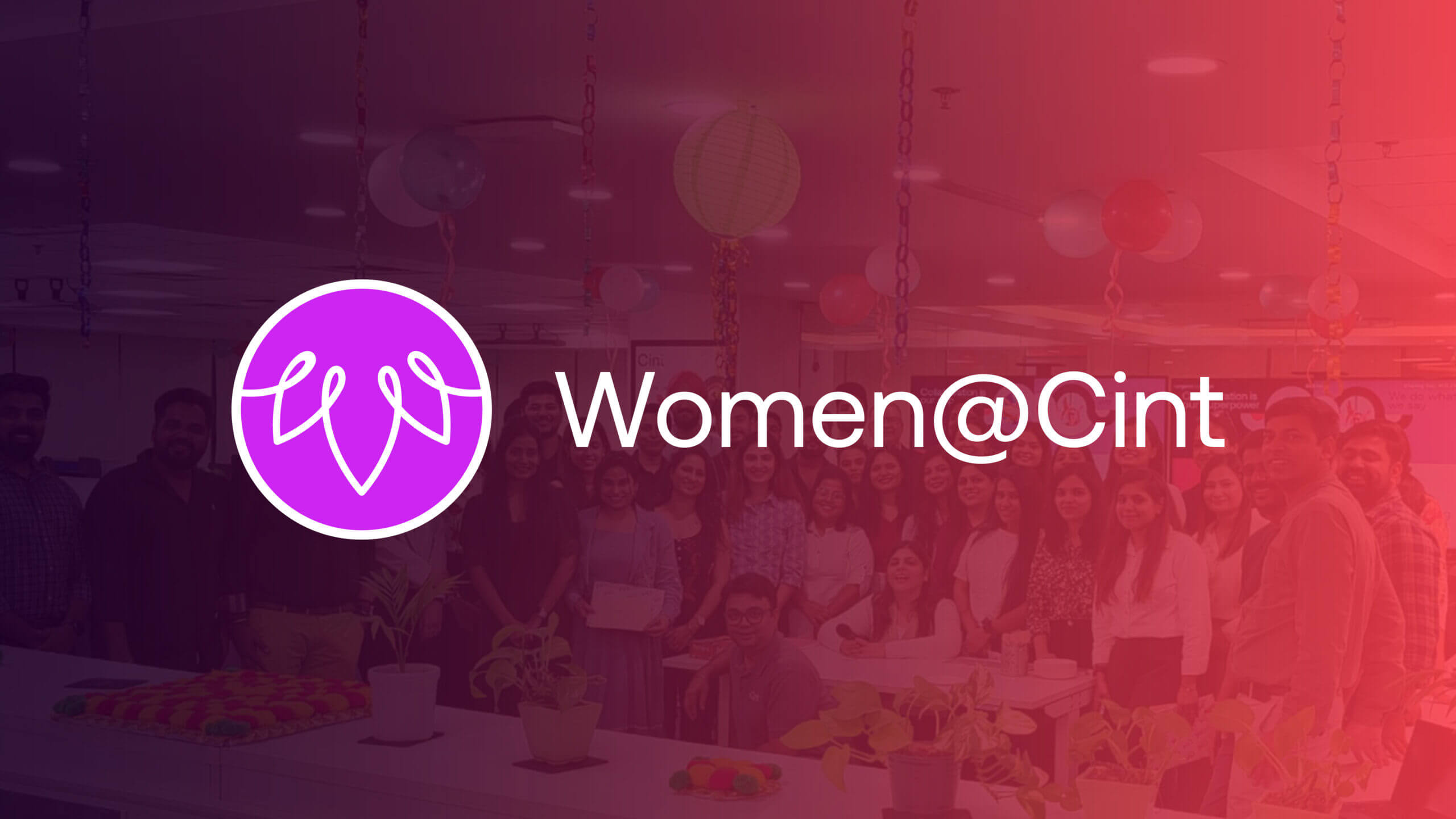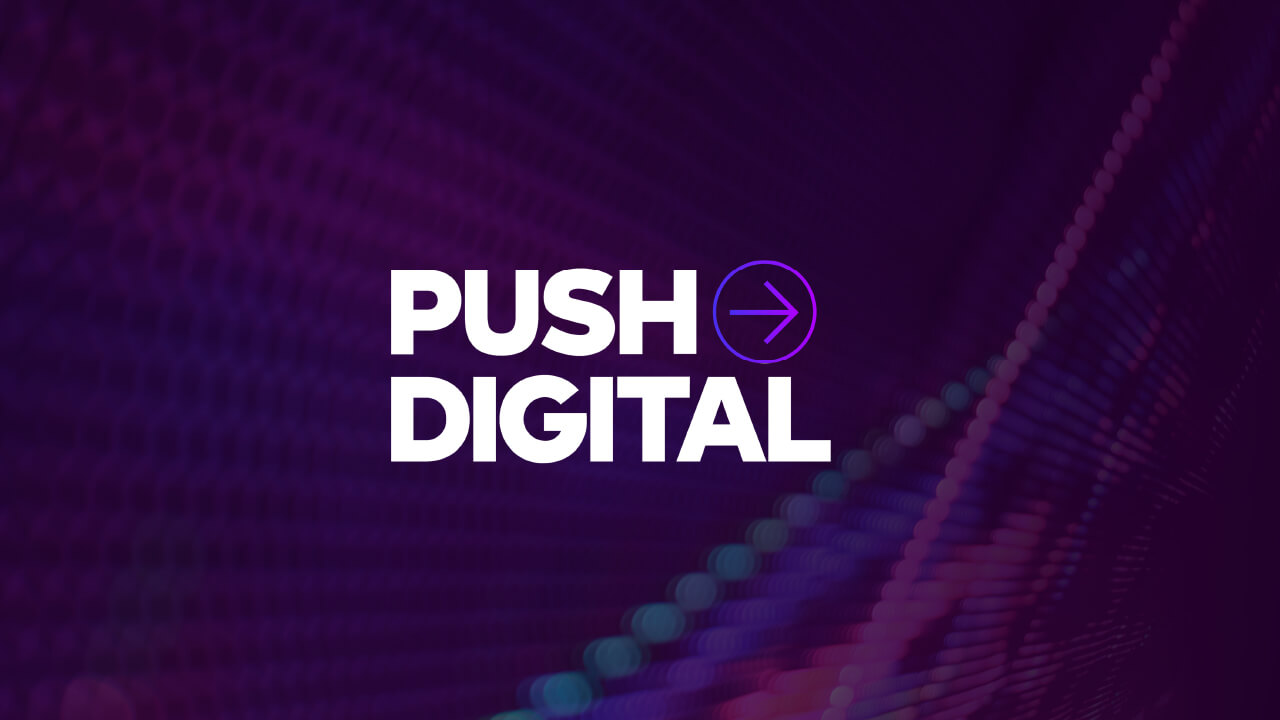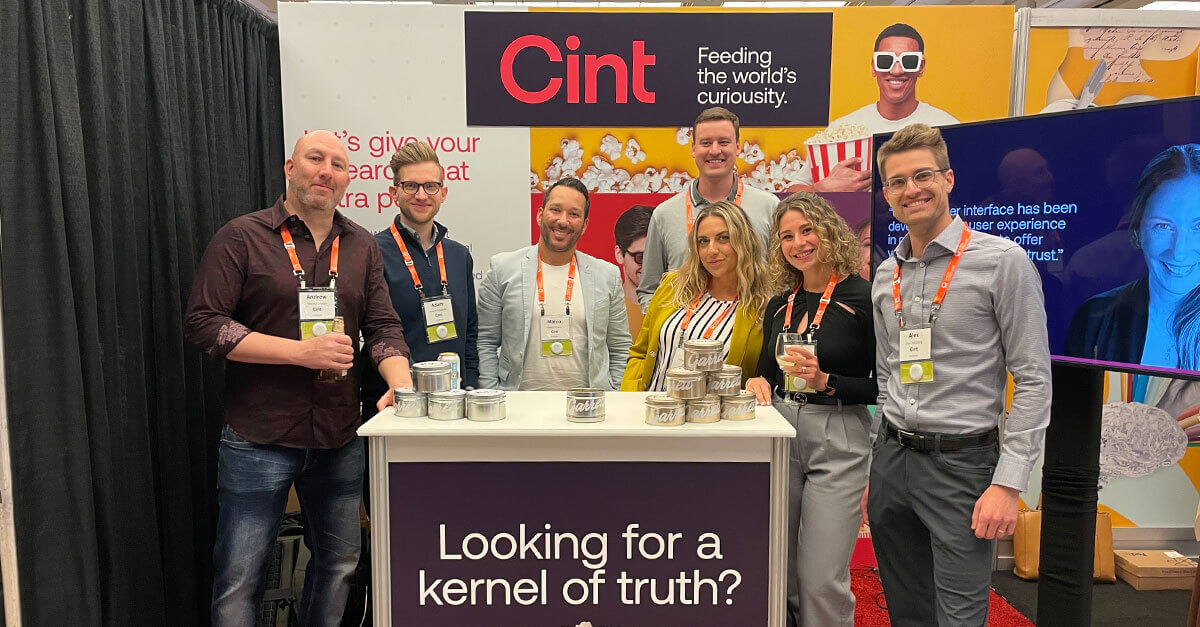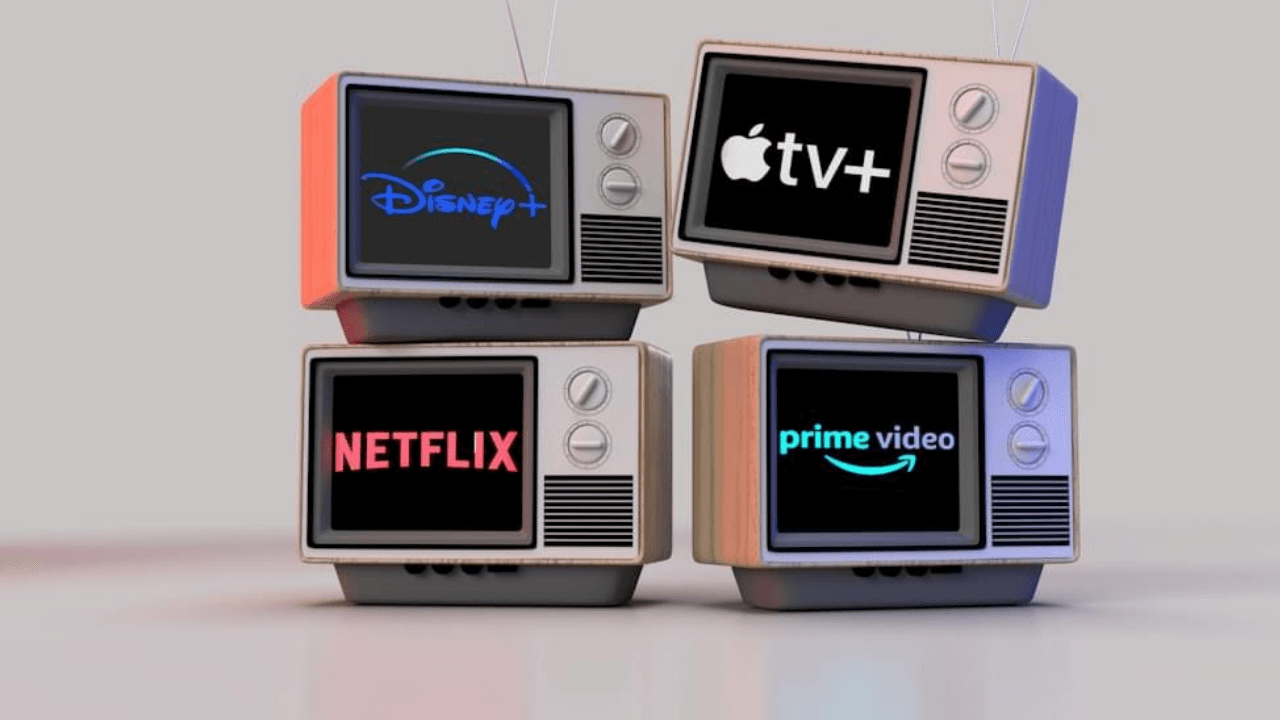Understanding the journey, and answering your questions
As promised, we’re continuing our series where we give you a backstage pass into the development of our new platform.
We understand the curiosity and concerns that come with change – so we’ve been putting together the most commonly asked questions and asking experts across the business to answer them for you (quick plug – find out what our CPTO, Alesia Braga, shared about how she and her team have been building the platform here.)
When we talk about migrating customers and supply partners to our new platform, we understand that concerns may arise. In this blog post, we want to address some of the worries you may have, and give a little reassurance about the process. You’re in good hands, we promise!
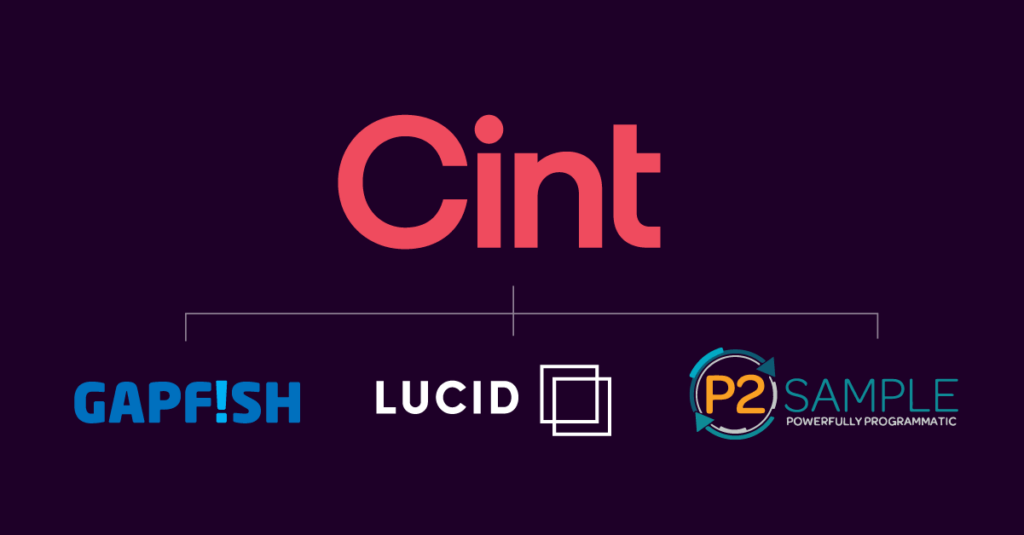
Looking back: The long road to transformation
Since Cint acquired Lucid in 2021, we’ve been crafting a platform that integrates intelligence and automation on a secure, globally compliant cloud infrastructure.
This journey has been extensive – marked by meticulous planning and a commitment to preserving successful elements while embracing innovation (we covered this in the blog linked above, but here’s a little refresher).
Our strategy has been twofold: maintaining what worked well across our offerings and introducing new ideas to propel our business forward.
This delicate balance required considering both short-term and long-term impacts on our business, customers, and the industry.
Consolidating four highly successful platforms—Cint, P2Sample, GapFish, and Lucid—was no small feat. Each had its own architecture, technologies, and databases, making the merging process complex. Rigorous testing and quality assurance became paramount, ensuring the new platform functions seamlessly, securely, and efficiently.
But what comes next? Migrating all of you, our customers and supply partners, onto it. We spoke with Chief Supply and Partnerships Officer, Mike Misel and EVP, Customer Experience, Michelle Darcy Clarke to understand a bit more about it.
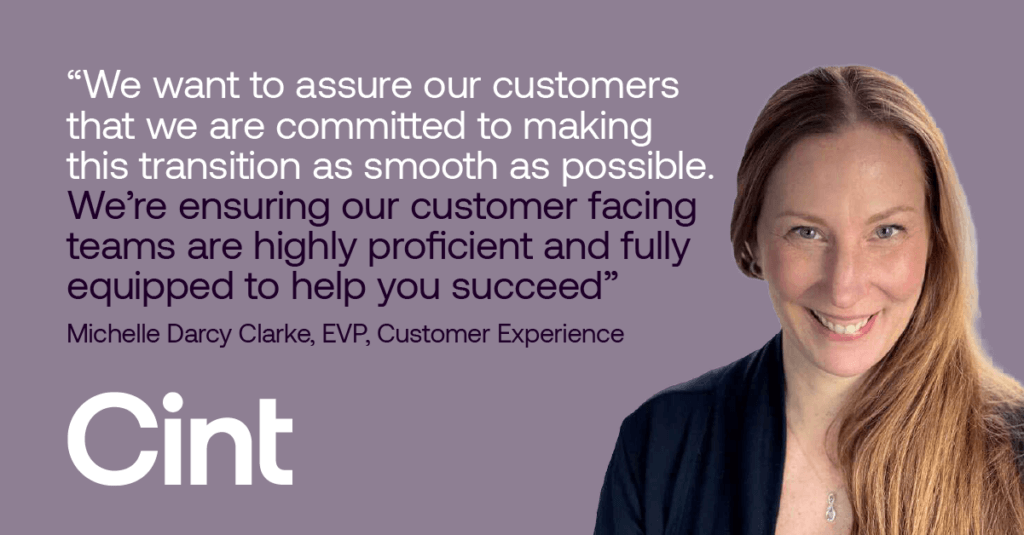
Training and adoption
One of the primary concerns during a platform migration is the learning curve associated with a new interface. Michelle shares how we’re doing this: “We want to assure our customers that we are committed to making this transition as smooth as possible. We’re ensuring our customer facing teams are highly proficient and fully equipped to help you succeed – undergoing extensive training and certification to guide you expertly through the migration and adoption process.
Robust training, onboarding, and adoption courses will be available virtually. You’ll be provided with a playbook in advance, detailing the end-to-end process.
We’re also phasing the migration starting in Q2 and continuing throughout 2024. This phased approach allows for careful attention to each customer, minimizing disruptions.
Also – the level of training required will vary based on a customer’s engagement and the legacy platform they are migrating from. Our goal is to tailor the training to make the transition seamless.”
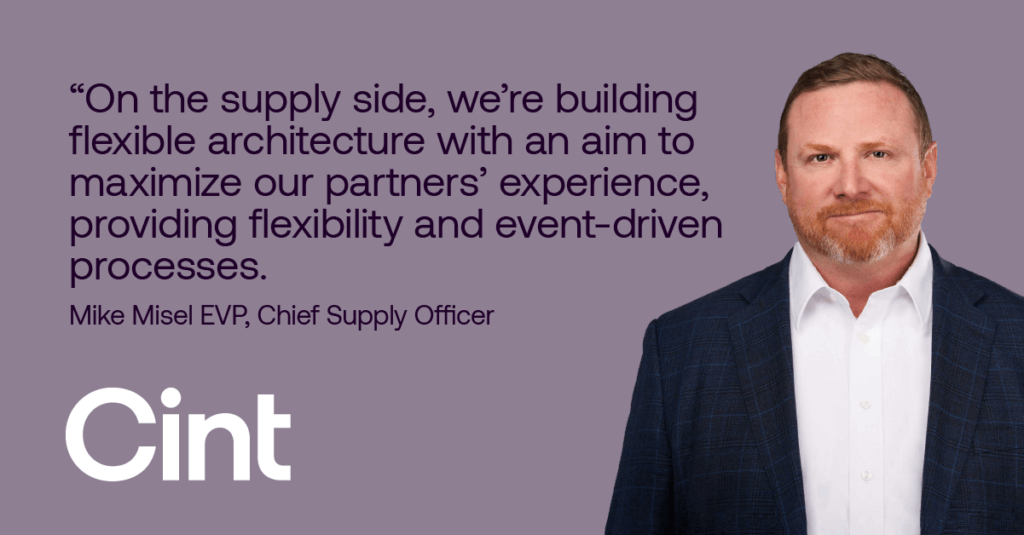
Feature changes
Change can be unsettling, especially when it comes to losing or altering familiar features. But it’s important to remember that our new user interface is designed for a better user experience – and we’re building the pipes to drive efficiency in your existing work and pave the way for a whole host of great new features.
Michelle shares: “Our new user interface has been developed based on not only consolidation of our platforms, but also a much better user experience for buyers! Particularly with the goal of offering simplicity, choice and trust. Yes, there will be some feature loss or change; however, this will be in an effort to streamline, simplify and create more efficient workflows. We will coach our buyers through any of these changes during the migration and will also provide “before and after” glossaries for easy reference.” Mike Misel gives us a look at what to expect: “Yes, these feature changes will ultimately enhance efficiency, and our customers will be coached through these changes during migration by our well-primed teams led by Michelle.
On the supply side, we’re building flexible architecture with an aim to maximize our partners’ experience, providing flexibility and event-driven processes.
The new Supply product suite is built on the foundation of the On-Time-Supply API and Supply Link. Both are being upgraded to help you, our supply partners, make quicker, more confident decisions. For example, if you choose to integrate with the API, you’ll have the ability to target multiple survey opportunities and to delegate opportunity decisioning to Cint as you see fit.
Like customers, you’ll be provided with a playbook in advance, detailing the end-to-end process, to make the transition as pain-free as possible.”
Compatibility and integration
Compatibility and integration issues can be a stumbling block in migration. We’ve taken this into consideration and are prepared to address concerns: Simplicity, choice, trust: Our goal is to offer simplicity, choice, and trust, ensuring compatibility across platforms for sample buyers and supply partners. Guidance and support: Our teams will guide and support customers and supply partners through any integration needs or issues that may arise during the migration.
While migrating to a new platform may surface questions, we are committed to providing the necessary support and resources to make this transition a positive experience for our customers. Embracing change leads to innovation, and at Cint we’re excited to embark on this journey together. If you have any specific questions or concerns, feel free to reach out to our dedicated support teams.


